Deutsche Version siehe unten
Mirja Bardenhagen, Marine Resource Exploration – Federal Institute for Geosciences and Natural Resources in Hanover, Germany
Hello, it’s Wilma again. And as promised with the answers. But first I would like to thank everyone who helped me to create the puzzle. Because of course I couldn’t be there for every photo or every dive. Thank you very much!
And now the answers. For the general part:
- How many shipping containers did we arrive with? There were 15 containers.
- Approximately how much diesel did we use per day? About 10 tons of diesel were consumed daily during this expedition.
- How much coffee was consumed during this trip? We drank about 2200 litres of coffee. That sounds a lot at first, but distributed over 72 people and 7 weeks, that’s not so much coffee at all (about 3 cups a day per person).
- How often did the station plan (the work schedule that tells when which equipment goes into the water) have to be changed? Our expedition leader had to change the station plan a total of about 50 times after he had created it.
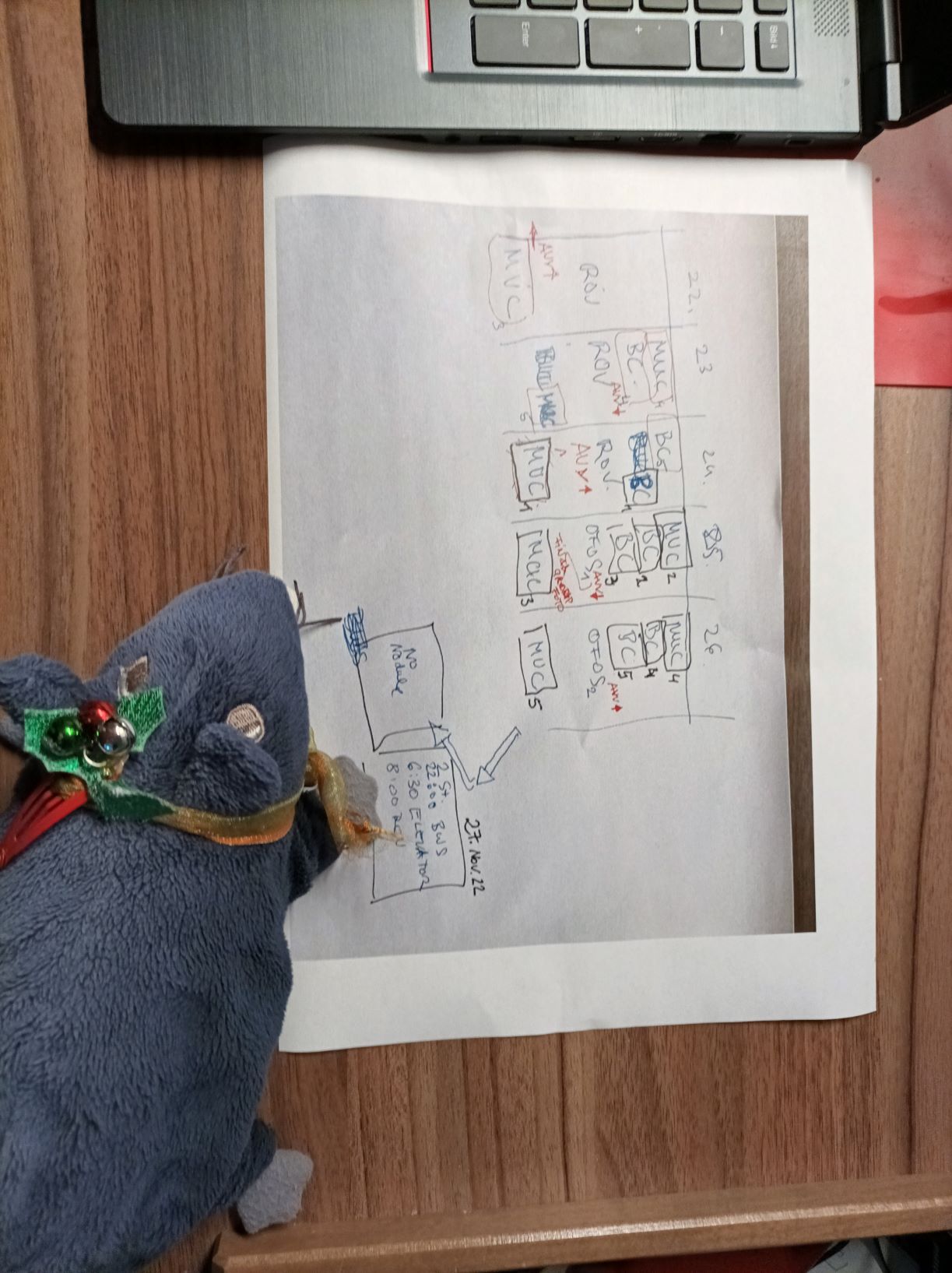
For the specific part:
- How much ethanol did the biological working groups consume? The biologists used a total of 750 litres of ethanol to preserve their samples.
- How many hours did the geochemistry working group spend in the 4°C laboratory? The geochemists spent about 220 hours in the cold. Brrr. And they said we were going to the tropics! Now I know why there’s a sauna on board.
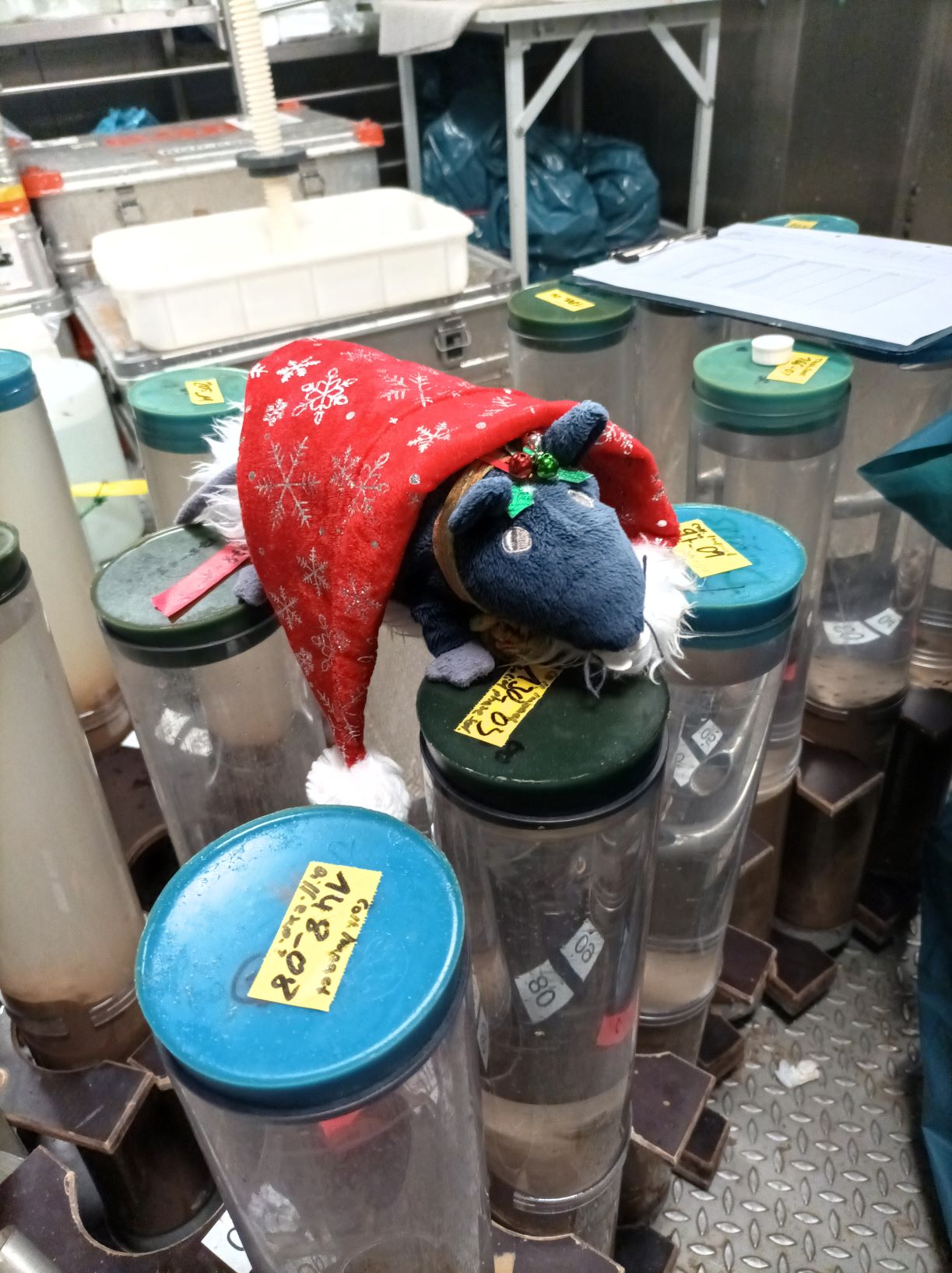
- How many sensors from the microbiology group broke down on the seabed? 147 sensors did not come back to the surface intact, including 98 glass and 49 fibre-optic sensors. That’s painful – but with all the nodules on and in the seabed, it can’t be prevented.
- How many diving hours did the ROV (a remotely operated diving robot) complete? The ROV spent around 250 hours underwater. I can’t hold my breath that long.
- And how many kilometres did the AUV (an autonomous underwater vehicle) “fly” along the seabed? AUV “Tiffy” travelled 1280 kilometres all alone in the deep sea. A real loner, this Tiffy. Or is it called a lone swimmer?
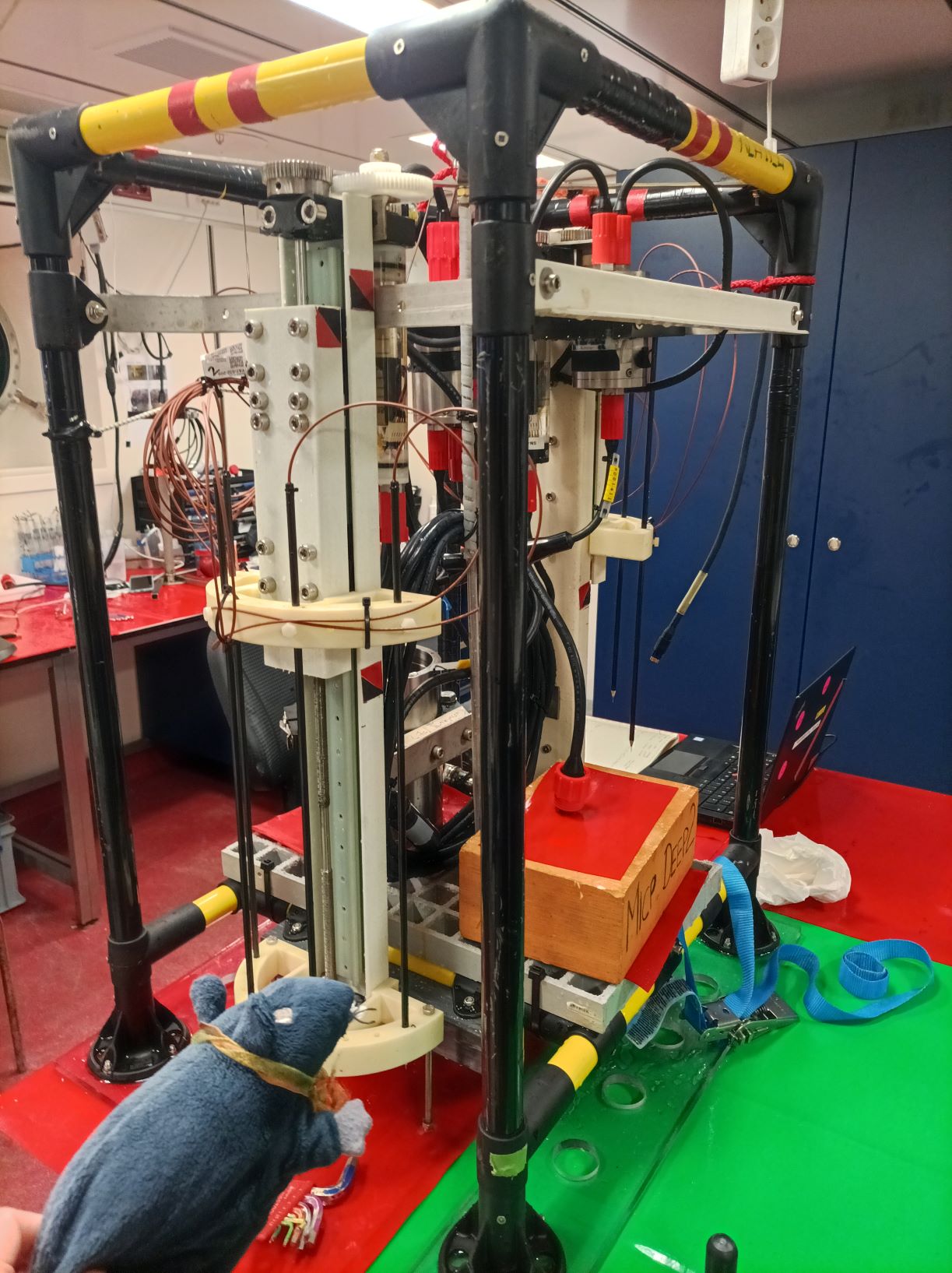
And finally, the solution to the photography questions:
- How many photos did the OFOS (a frame with video and photo camera towed just above the seabed) take? And how large is the data volume of the collected video material? The OFOS took exactly 17,001 photos and recorded about 10 terabytes of video material. Quite a lot! At the same time, this is only a tiny fraction of the huge area of the seabed.
- How many photos did journalist Kim Kalvelage take on the trip? He pressed the shutter release about 10,000 times. It won’t be easy to choose a few highlights.
Did you guess everything right?
Merry Christmas and a happy new year 2023!
Deutsche Version
Zahlen der Fahrt – ein kleines Rätsel (Teil 2)
Mirja Bardenhagen, Marine Rohstofferkundung – Bundesanstalt für Geowissenschaften und Rohstoffe in Hannover, Deutschland
Hallo, ich bin es wieder Wilma. Und wie versprochen mit den Antworten. Aber zunächst möchte ich allen danken, die mir geholfen haben das Rätsel zu gestalten. Denn natürlich konnte ich nicht bei jedem Foto oder jedem Tauchgang dabei sein. Vielen Dank!
Und nun die Antworten.
Für den allgemeinen Teil:
- Mit wievielen Schiffscontainern sind wir angereist? Es waren 15 Container.
- Wieviel Diesel verbrauchen wir zirka pro Tag? Etwa 10 Tonnen Diesel täglich wurden bei dieser Expedition verbraucht.
- Wie hoch war der Kaffeeverbrauch während dieser Reise? Es wurden rund 2200 Liter Kaffee getrunken. Das klingt erst einmal viel, aber verteilt auf 72 Menschen und 7 Wochen ist das gar nicht mehr so viel Kaffee (rund 3 Tassen täglich pro Person).
- Wie oft musste der Stationsplan (der Arbeitsplan, der verrät, wann welches Gerät ins Wasser geht) geändert werden? Unser Expeditionsleiter musste den Stationsplan insgesamt zirka 50 mal ändern, nachdem er ihn erstellt hatte.
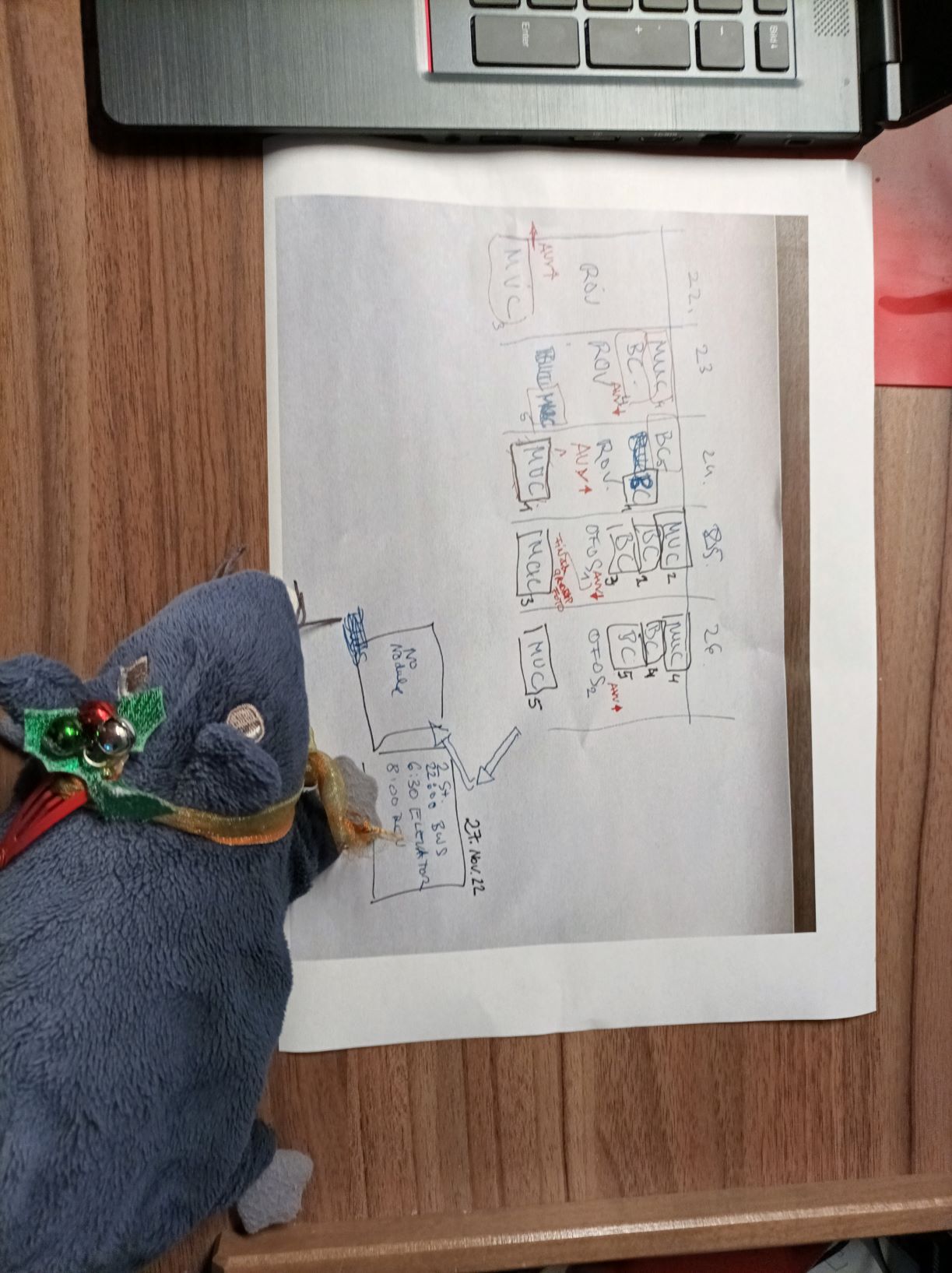
Für den speziellen Teil:
- Wie hoch war der Ethanolverbrauch der biologischen Arbeitsgruppen? Zum Konservieren ihrer Proben verbrauchten die Biologinnen und Biologen ganze 750 Liter Ethanol.
- Wieviele Stunden verbrachte die Arbeitsgruppe Geochemie im 4°C-Labor? Die Geochemikerinnen und Geochemiker verbrachten zirka 220 Stunden in der Kälte. Brrr. Dabei hieß es, wir fahren in die Tropen! Jetzt weiß ich, warum es eine Sauna an Bord gibt.
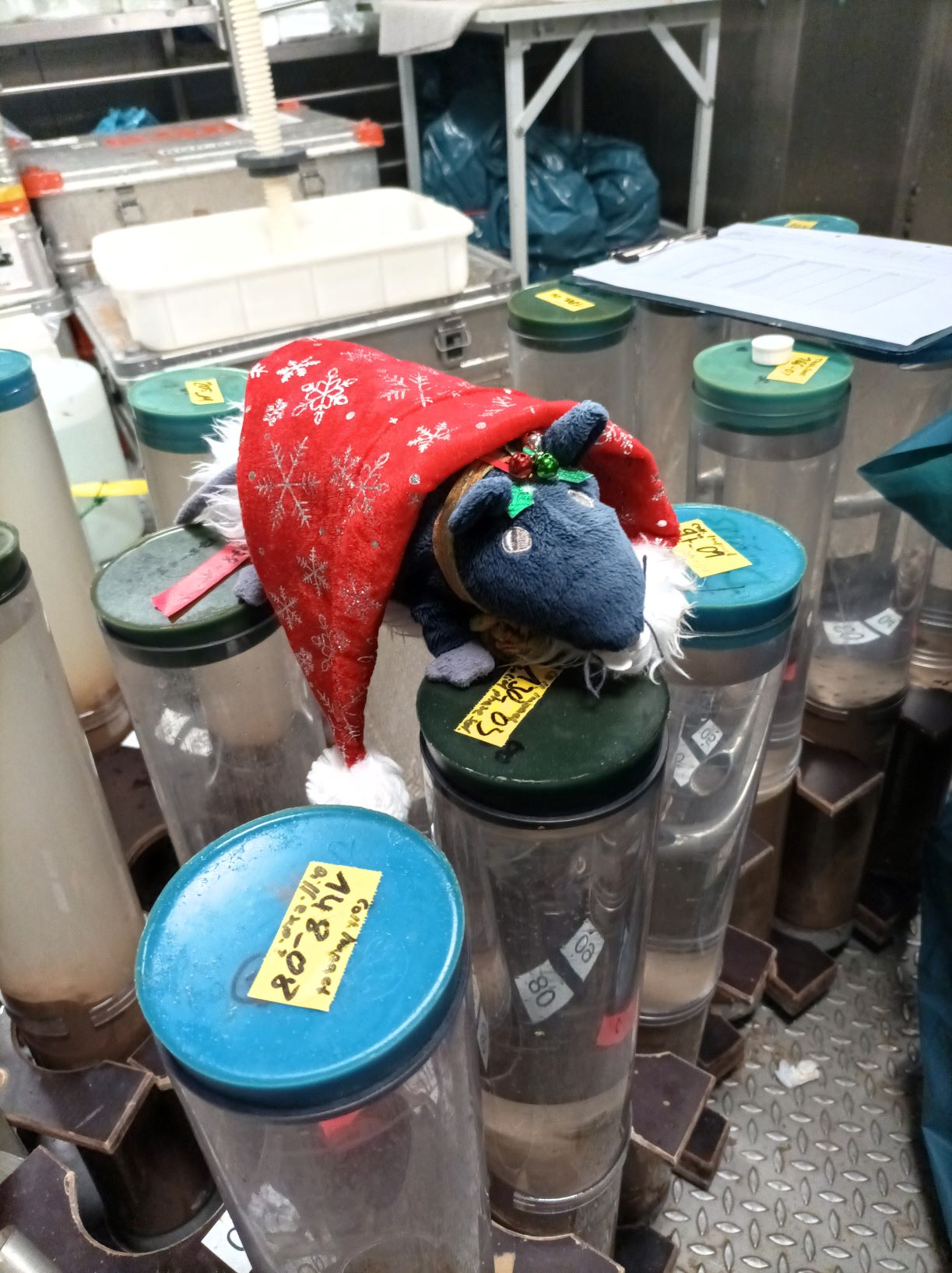
- Wieviele Sensoren der Arbeitsgruppe Mikrobiologie sind am Meeresboden kaputtgegangen? 147 Sensoren kamen nicht heile wieder an die Oberfläche, darunter 98 gläserne und 49 faseroptische Sensoren. Das ist schmerzhaft – aber bei all den Knollen am und im Meeresboden nicht zu verhindern.
- Wieviele Tauchstunden hat das ROV (ein ferngesteuerter Tauchroboter) absolviert? Rund 250 Stunden verbrachte das ROV unter Wasser. Solange kann ich nicht die Luft anhalten.
- Und wieviele Kilometer ist das AUV (ein selbstständiges Unterwasserfahrzeug) am Meeresboden entlang „geflogen“? 1280 Kilometer war AUV „Tiffy“ ganz alleine in der Tiefsee unterwegs. Eine echte Einzelgängerin diese Tiffy. Oder heißt es Einzelschwimmerin?
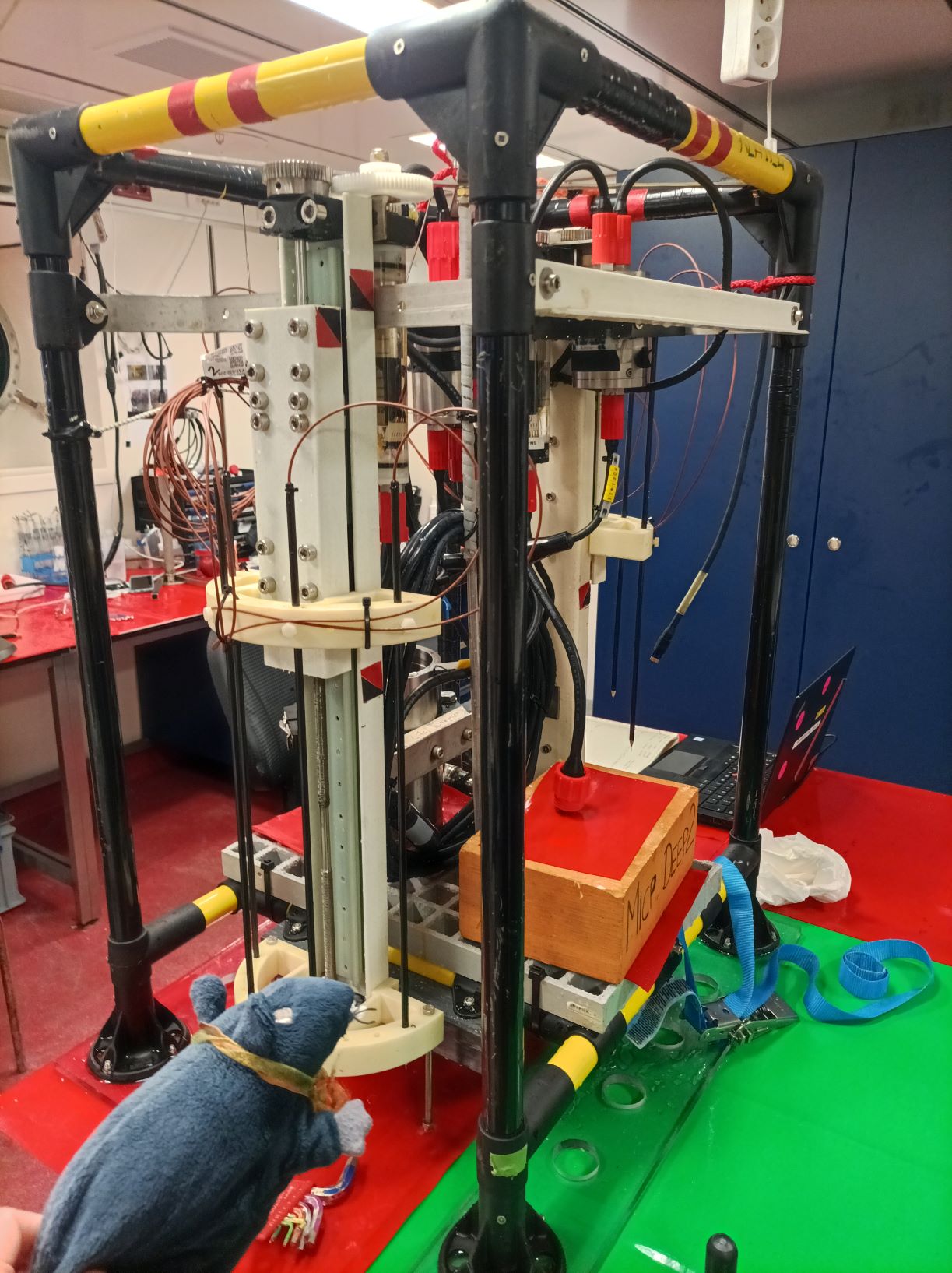
Und zum Schluss noch die Auflösung der Fotografie-Fragen:
- Wieviele Fotos hat das OFOS (ein Gestell mit Video- und Fotokamera, das knapp über dem Meeresboden geschleppt wird) geschossen? Und wie groß ist die Datenmenge des gesammelten Videomaterials? Das OFOS hat exakt 17.001 Fotos gemacht und zirka 10 Terabyte an Videomaterial aufgenommen. Ganz schön viel! Zugleich ist das nur ein winziger Ausschnitt von der riesigen Fläche des Meeresbodens.
- Wieviele Fotos hat Journalist Kim Kalvelage auf der Fahrt geschossen? Er hat rund 10.000 mal auf den Auslöser gedrückt. Da wird es nicht leicht werden, sich für ein paar Highlights zu entscheiden.
Habt ihr alles richtig geraten?
Schöne Weihnachten und einen guten Rutsch ins Jahr 2023!